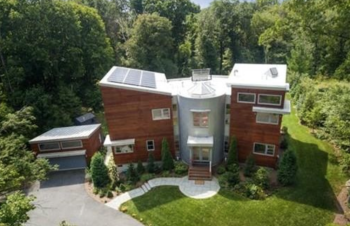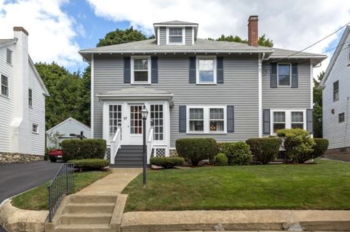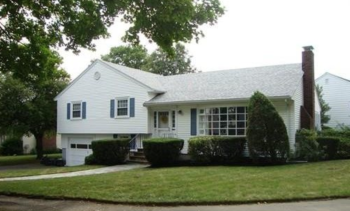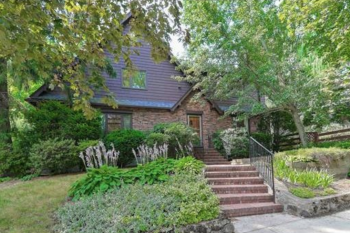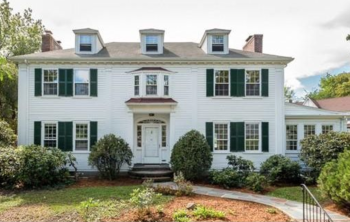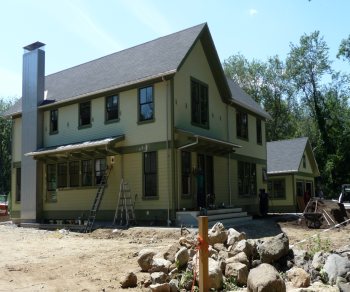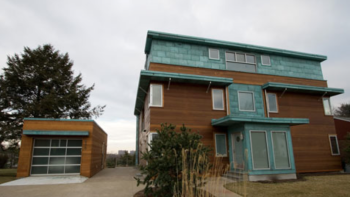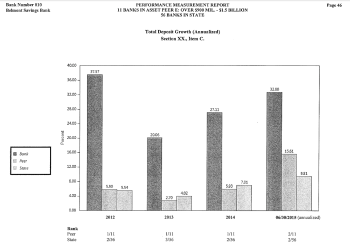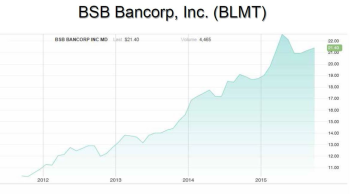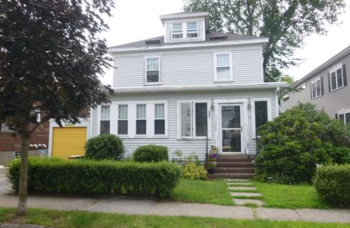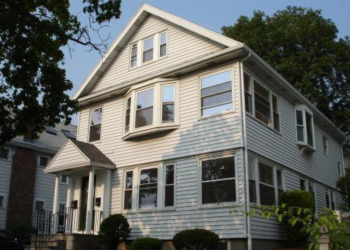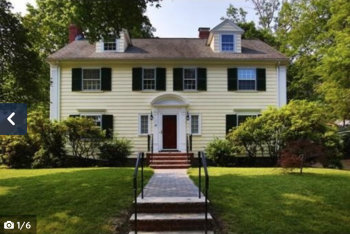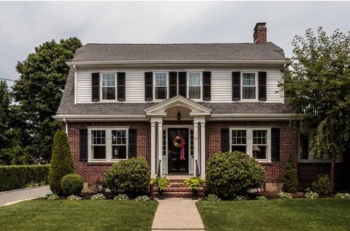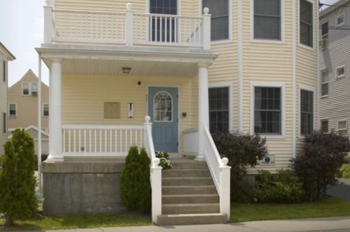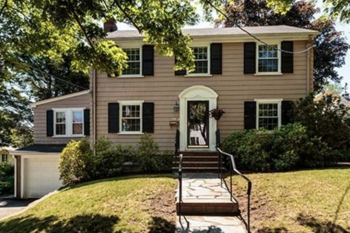Photo: The Dunkin’ Donuts building on Massachusetts Ave., Cambridge, that a Belmont store on Pleasant Street would look like.
Vincent and Nick Leo knows something about selling donuts. The Cambridge-based family operation runs 17 Dunkin’ Donut franchises in Massachusetts and Florida. In fact, if you go to Fresh Pond for your morning donut and coffee, it’s a Leo-run business. The DD in Alewife Station? Most of the Dunkins’ in Medford? Those are Leo’s too. And if you have a hankering for a “coffee regular” in Clearwater, Florida, say hello to someone from the Leo family who’s behind the counter.
And now, the Leos hope to expand their donut and coffee empire to Belmont.
Tonight, the Leos will be before the Zoning Board of Appeals seeking a special permit and site review of their proposed 18th franchise location at 344 Pleasant St. at the intersection of Brighton Road, a hop and a skip from Route 2 and Arlington.
The location, a hop, and a skip from Route 2 and Arlington are the former home of a gas station/repair shop that the Leos hope to build a 3,500 sq.-ft. building in which the franchise would take half the space with a pair of 1,000 sq.-ft. store fronts, creating a small strip mall.
The building, which will look like the family’s franchise at 2480 Mass Ave. in Cambridge, will have 21 indoor seats and eight outdoor. Like its Mass. Ave. store, parking for about ten vehicles will be in the rear of the building.
The proposed hours of operation are 6 a.m. to 11 p.m.
The restaurant operation will abut the intersection with the small retail operations along Pleasant. There will be a free standing “Dunkin’ Donuts” sign – approximately three feet by five feet – along Pleasant Street
The Belmont operation will not have a drive-thru component like many of Leos operations. All food will be made off-site and delivered to the store. The store will employ between one and six employees on each shift. Trash would be collected three times during the week.
The Leos had commissioned a traffic study by Design Consultants that said a restaurant “will not negatively impact the neighborhood by increasing traffic to the site,” as it would have “less impact traffic than the current gas station.”
How the community views the Leos coming into their neighborhood is not yet known. While there are several letters of support for the business (the Leos posted flyers on their Fresh Pond outlets asking patrons to write to Belmont officials with kind words), a town official said that several people have been calling his office for the past month to know the date of the meeting “so they can say what a bad idea this is.”
In April 2014, the neighborhood banded together to persuaded the town to deny a retail liquor license to Waltham-based D&L Liquor to put its fourth store in the former Mini-Mart opposite Brighton Street from the proposed Dunkin’ Donuts.
